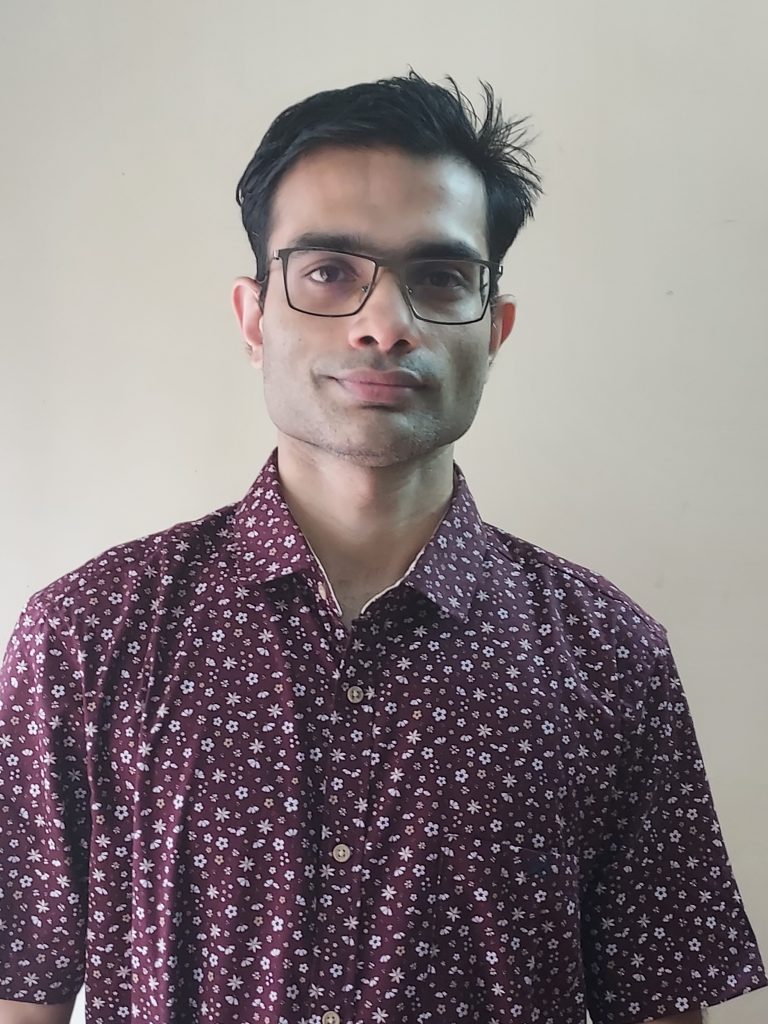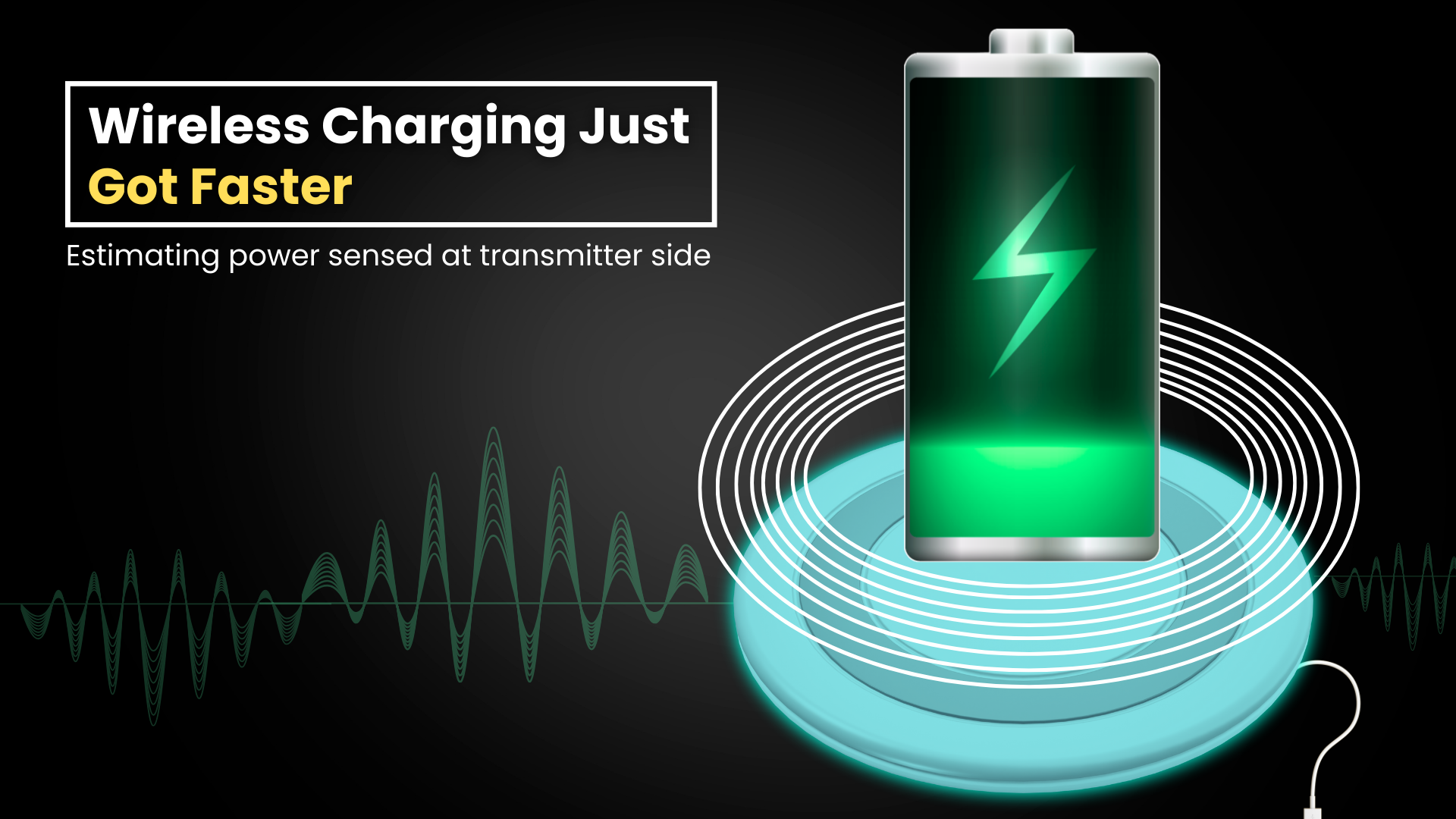
Microwave imaging is a technique that is an advanced version of radar technology. It is used to image hidden or embedded objects in a structure using electromagnetic waves in the microwave frequency range. This technique finds use in breast cancer detection. Microwave imaging is also used in a variety of fields such as non-destructive testing and evaluation, medical imaging, concealed weapon detection at security checkpoints, and in medical applications.
In this research conducted by Mr. Chandan Bhatt and Prof. Uday Khankhoje from the Department of Electrical Engineering, Indian Institute of Technology Madras, Chennai, India, microwave inverse imaging is studied. Microwave inverse imaging concerns itself with the reconstruction of the relative permittivity of a remote scattering object in a given domain of interest. Which means, such a technique is used to reconstruct the permittivity of a given object under investigation.

Mr. Chandan Bhatt 
Prof. Uday Khankhoje
The proposed technique is also used to estimate the incident electric field and the relative permittivity of an object from the measurements of the total electric field alone.
Usually, two sets of measurements are considered: one without the object under investigation, or the incident field, and the other with the object under investigation, or the total field. Consider an example of breast cancer detection, where one set of measurements are taken without the patient, and one set of measurements are taken with the patient.
The first set of measurements (incident field) acts like a reference measurement. In this study, the authors have basically eliminated the need for a reference measurement, and reconstructed the object by using only the total field. Thus the number of measurements are cut in half and this saves the amount of time and effort used in the object reconstruction.
This time saving technique is done by relying on a mathematical structure of the electromagnetic field called ‘sparsity’. Knowledge of this structure gives leverage to the total field measurements to pull out the required information without requiring the incident field. This mathematical technique is known as ‘compressive sensing’.
The main logic behind this technique is explained as follows; consider an image of 10 x 10 pixels where each pixel can be black or white. A very general image would require 100 numbers in order to represent the complete picture. Suppose the picture was all white with one black line running through it. Conventionally, the image is represented by using 100 numbers, e.g. 0 could be white and 1 could be black. However, if you had knowledge of the angle of the black line, it would be much easier to represent the image with just one number instead of 100. Thus, there exists a “sparse” representation of the image. The same concept is used in expressing the electric field in the mathematical modeling of the problem.
The authors have considered a 2-dimensional, transverse-magnetic polarization scenario where only the total electric field measurements are taken into consideration. To validate their method, the remote scattering object was reconstructed in two scenarios, namely:
1. A synthetically generated case
2. An experimentally obtained “Fresnel” data set
The accuracy of inverse imaging was found to be always in excess of 93 percent for synthetic experiments. For experimental data, the total and internal reconstruction accuracies were 91 percent and 85 percent respectively. Thus a promising technique is developed to solve the microwave imaging problem using only the total electric field measurements. An extension of these techniques to 3-dimensional settings is in progress.
Professor Raffaele Solimene from the University of Campania, Italy gave the following comments on the paper: “This paper addresses an electromagnetic inverse scattering problem. The scientific community is actually actively working on that field since electromagnetic non-invasive diagnostic methods are relevant in a number of applications, ranging from biomedical imaging to material characterisation, etc.
In this contribution, the authors showed an important and interesting result. More in detail, going through an inverse scattering problems is usually achieved by assuming prior knowledge about the incident field. This is highly questionable under realistic scattering scenarios. The authors have proposed a method that allows to relax this need. Though the reported results refer to simplified cases, the results are convincing and can be easily generalised to more involved cases.”
Article by Akshay Anantharaman
Here is the original link to the paper:
https://ieeexplore.ieee.org/document/9730912










